A Comprehensive Guide to the American Bulldog
The American Bulldog, a powerful and athletic breed, boasts a rich history and a compelling personality. Often mistaken for its English cousin or even the American Staffordshire Terrier, the American Bulldog possesses a distinct character and set of needs. This guide explores the breed’s origins, physical characteristics, temperament, and essential care requirements, providing prospective owners with the knowledge to determine if this magnificent canine is the right fit for their lifestyle.
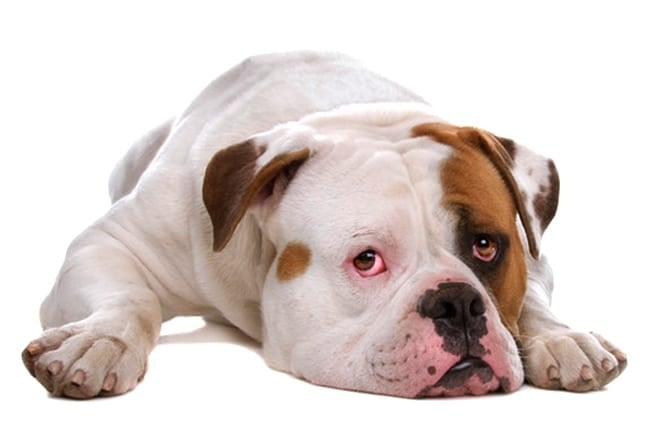
Origins and History
The story of the American Bulldog begins with the working dogs brought to America by English settlers. These dogs, precursors to both the American Bulldog and the English Bulldog, were valued for their versatility in tasks like farm work, cattle driving, and hog hunting. Unlike the English Bulldog, which was selectively bred for a more compact build and docile temperament, the American Bulldog retained a more athletic physique and working drive.
During the mid 20th century, the breed faced near extinction. Dedicated breeders, recognizing the breed’s unique qualities, began a focused effort to preserve and revitalize the American Bulldog. Several distinct “types” emerged, including the Johnson type (generally heavier and more powerfully built) and the Scott type (typically more athletic and agile). Today, various registries work to maintain the breed’s integrity and promote responsible breeding practices.
Physical Characteristics
American Bulldogs are imposing dogs, known for their muscular build and substantial size. Males typically stand 24 to 28 inches tall at the shoulder and weigh between 75 and 120 pounds. Females are slightly smaller, ranging from 22 to 26 inches tall and weighing 60 to 100 pounds. Their coat is short, smooth, and can come in a variety of colors, including white, brindle, fawn, and various shades of red.

A defining characteristic is their broad head, powerful jaw, and loose skin. Their ears can be cropped or natural, and their tails are generally medium length. While seemingly intimidating, a well bred American Bulldog moves with grace and athleticism.
Temperament and Behavior
The American Bulldog is renowned for its loyalty, courage, and protective instincts. They form strong bonds with their families and are often described as “velcro dogs,” eager to be near their people. Early socialization is absolutely crucial to ensure they are well adjusted and comfortable around strangers, children, and other animals. Without proper socialization, their protective instincts can lead to territorial behavior or aggression.
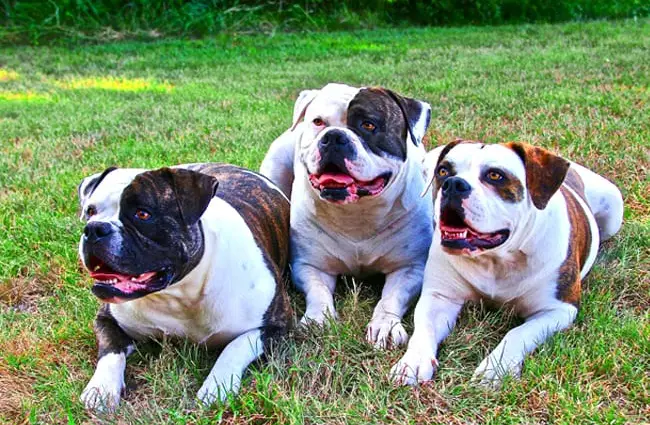
They are intelligent and eager to please, but can also be independent and strong-willed. Consistent, positive reinforcement training is essential. American Bulldogs have a high energy level and require plenty of exercise to stay physically and mentally stimulated. They excel in activities like weight pulling, agility, and obedience training. Their playful nature means they enjoy interactive games and spending time with their families.
Caring for Your American Bulldog
Providing appropriate care is crucial for ensuring a happy and healthy life for your American Bulldog. Here is a breakdown of essential considerations:
Exercise
Daily exercise is non-negotiable. Aim for at least one to two hours of vigorous activity, including brisk walks, runs, playtime, or participation in canine sports. A bored American Bulldog can become destructive.
Diet
A high quality, protein rich diet formulated for large breeds is essential. Monitor their weight closely and adjust food portions as needed to prevent obesity. Avoid feeding them table scraps or excessive treats.
Grooming
Their short coat requires minimal grooming. Weekly brushing will help remove loose hair and keep their skin healthy. Regular nail trimming and ear cleaning are also important.
Health Considerations
American Bulldogs are prone to certain health issues, including hip and elbow dysplasia, cherry eye, allergies, and bloat. Responsible breeders will screen their breeding dogs for these conditions. Regular veterinary checkups are crucial for early detection and treatment of any health concerns.
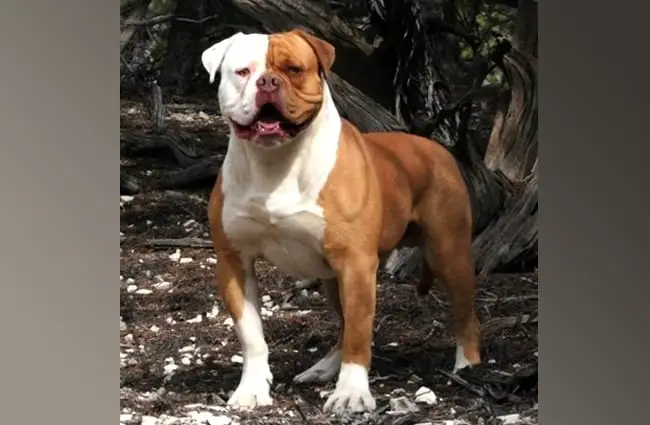
Is an American Bulldog Right for You?
The American Bulldog is a magnificent breed, but they are not for everyone. Prospective owners should carefully consider their lifestyle and capabilities before bringing one home.
Consider these questions:
- Do you have the time and energy to provide adequate exercise and training?
- Can you commit to early socialization and ongoing training?
- Do you have a secure, fenced yard?
- Are you prepared for the potential health issues associated with the breed?
- Do you have experience with strong-willed breeds?
If you can answer “yes” to these questions and are prepared to provide a loving, consistent, and stimulating environment, an American Bulldog can be a wonderful companion.

Beyond the Basics: Advanced Considerations
For those seeking a deeper understanding of the American Bulldog, several advanced considerations can further enhance your appreciation for this complex breed.
Understanding Breed Types
As mentioned earlier, two primary “types” exist: the Johnson type and the Scott type. The Johnson type generally exhibits a heavier build, broader chest, and more pronounced wrinkles. They often have a more laid-back temperament. The Scott type is typically leaner, more agile, and possesses a higher energy level. Understanding these nuances can help you select a puppy that aligns with your desired lifestyle.
The Importance of Genetic Testing
Beyond basic health screenings, genetic testing can identify potential carriers of specific genetic conditions. This information can be invaluable for responsible breeding practices and helps minimize the risk of passing on hereditary diseases to future generations.
Advanced Training Techniques
American Bulldogs thrive on mental stimulation. Incorporating advanced training techniques, such as trick training, scent work, or competitive obedience, can provide a valuable outlet for their intelligence and energy.

The American Bulldog Community
Connecting with other American Bulldog enthusiasts can provide valuable support, guidance, and opportunities to learn from experienced owners and breeders. Local breed clubs and online forums can be excellent resources.

In conclusion,
The American Bulldog is a powerful, loyal, and intelligent breed that demands respect, consistent training, and a dedicated owner. By understanding their history, physical characteristics, temperament, and care requirements, prospective owners can make an informed decision and provide a fulfilling life for this magnificent canine companion. With proper care and attention, an American Bulldog will not only be a loyal friend but also a captivating member of your family.


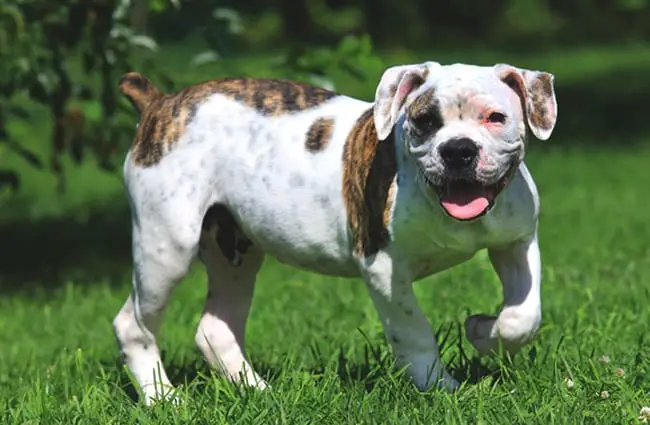
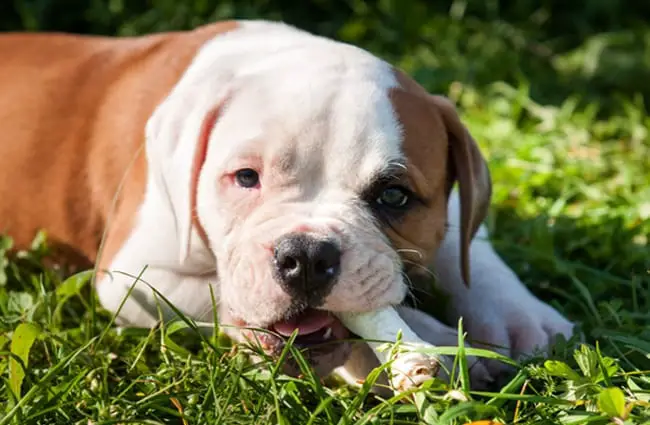






![Red Angus Closeup of a beautiful Red Angus cowPhoto by: U.S. Department of Agriculture [pubic domain]https://creativecommons.org/licenses/by/2.0/](https://animals.net/wp-content/uploads/2020/03/Red-Angus-4-100x75.jpg)

